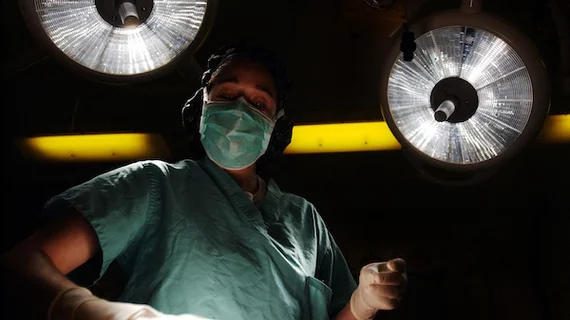Echocardiography-guided LAAC boosts patient outcomes
Left atrial appendage closure (LAAC) procedures guided by echocardiography and fluoroscopy have fewer complications than those guided with fluoroscopy alone, according to an observational study published in JACC: Cardiovascular Interventions.
"As a preventive treatment, LAAC lacks an immediate benefit for patients, and its stroke prevention effects become more evident over time,” wrote lead author Roberto Galea, MD, with the department of cardiology at Bern University Hospital in Switzerland. “Therefore, measures that reduce the risk for procedural complications and improve short- and long-term safety merit particular consideration."
Galea and his team evaluated 811 LAAC procedures performed at a high-volume center between January 2009 and October 2020. While 67.7% of patients underwent fluoroscopic guidance (FG) alone, the remaining patients all underwent echocardiographic guidance (EG) in addition to fluoroscopy.
Th primary safety endpoint was the composite of procedure-related complications that occurred within seven days of the procedure, while secondary endpoints included technical success after seven days and during follow-up.
Patients in the EG group tended to be older and had a higher incidence of diabetes, prior gastrointestinal and intracranial hemorrhages, and bleeding in other areas. However, they were less likely to present with coronary heart disease.
Overall, the EG group was associated with more favorable outcomes than the FG group. The rate of the study's primary safety endpoint was 3.4% for EG patients, for example, and 9.1% for FG patients. Looking at secondary endpoints, EG patients were associated with a higher technical success rate after seven days (92.1% vs 87.2%) and after a median follow-up period of nearly five months (87.6% vs 79.9%).
“After adjustment for all measured confounders, EG remained independently associated with a lower rate of the composite safety endpoint,” the authors wrote. “EG emerged as an independent predictor of greater long-term technical success, which was not driven by improved complete closure rates but rather by a cumulative lower rate of device-related complications.”
Read the entire study here.
